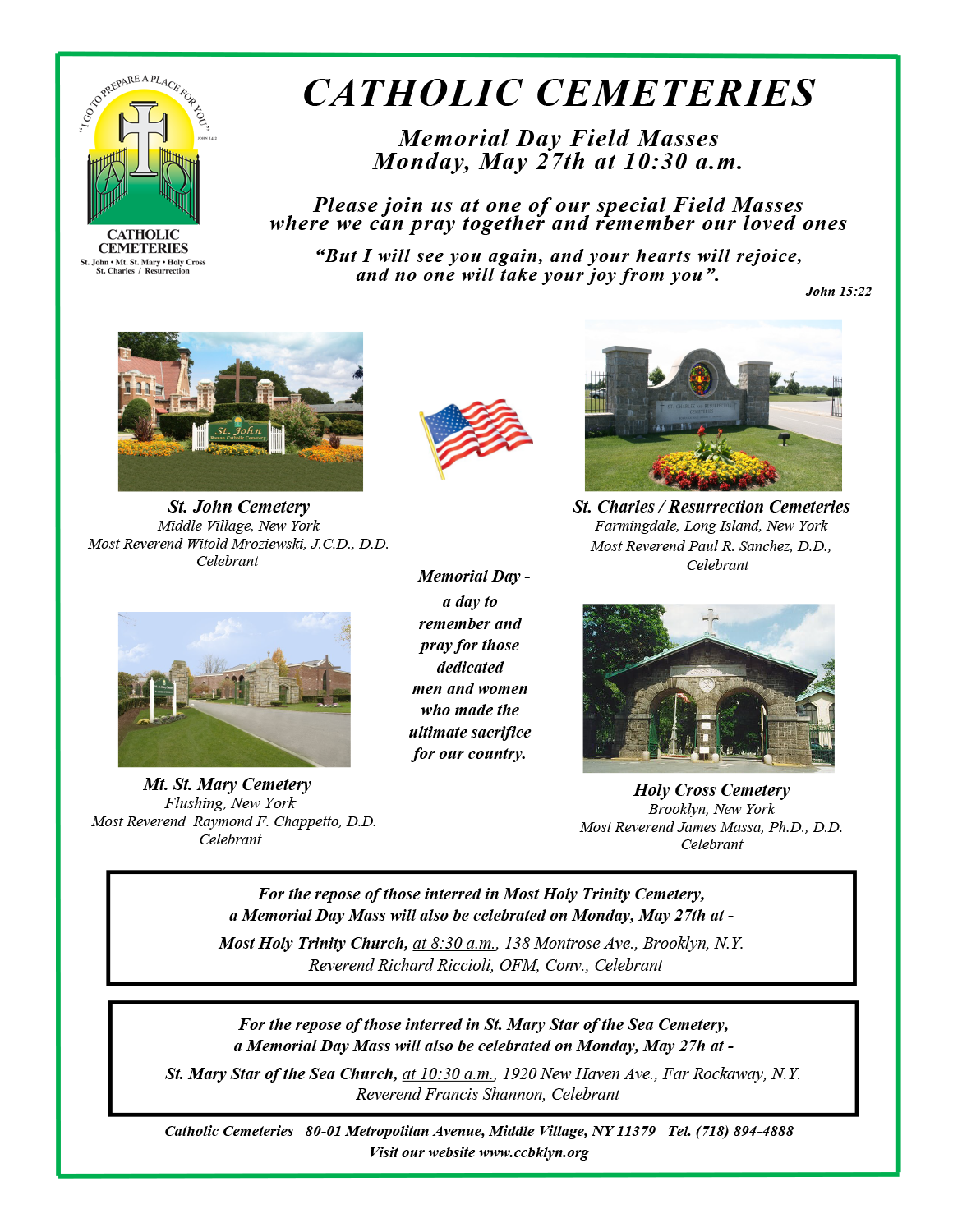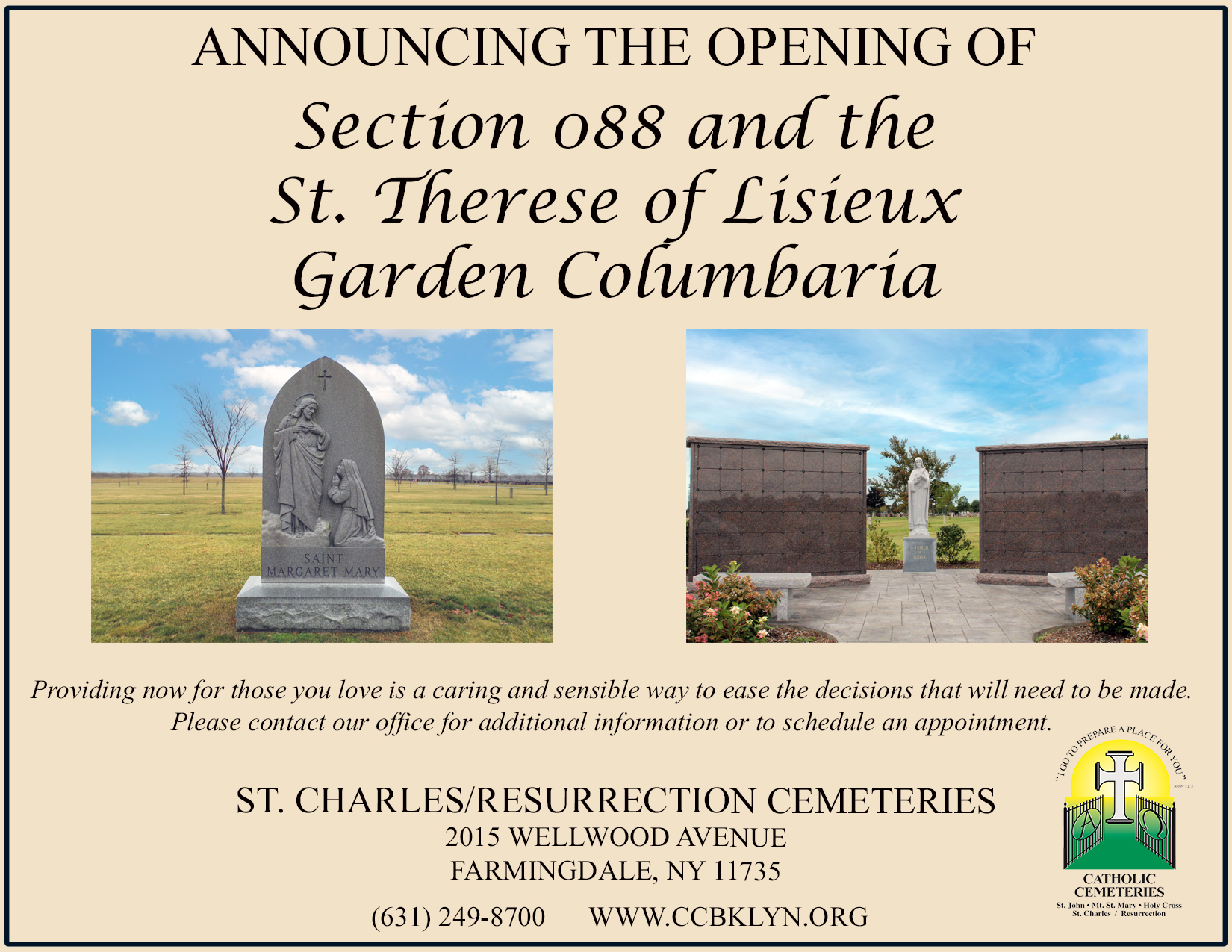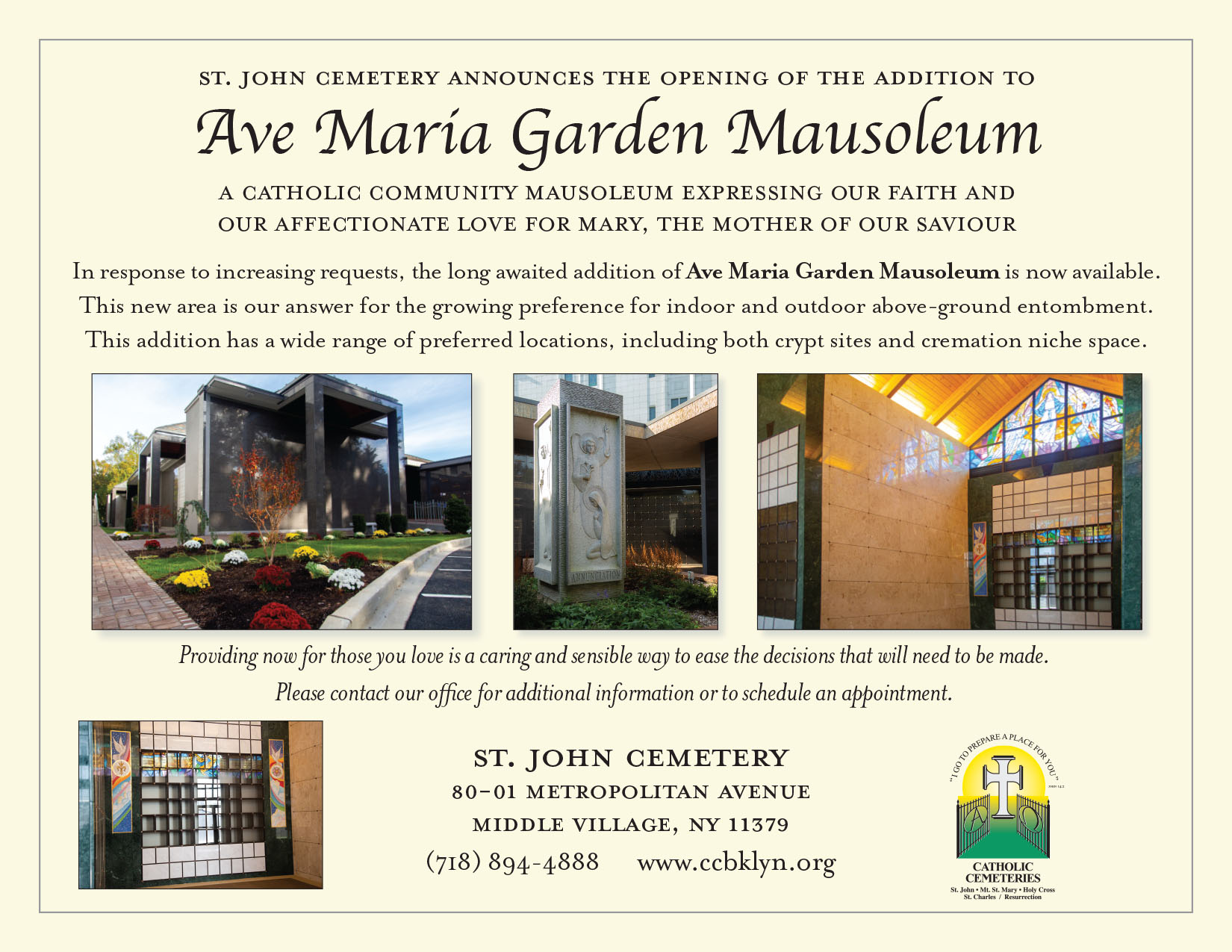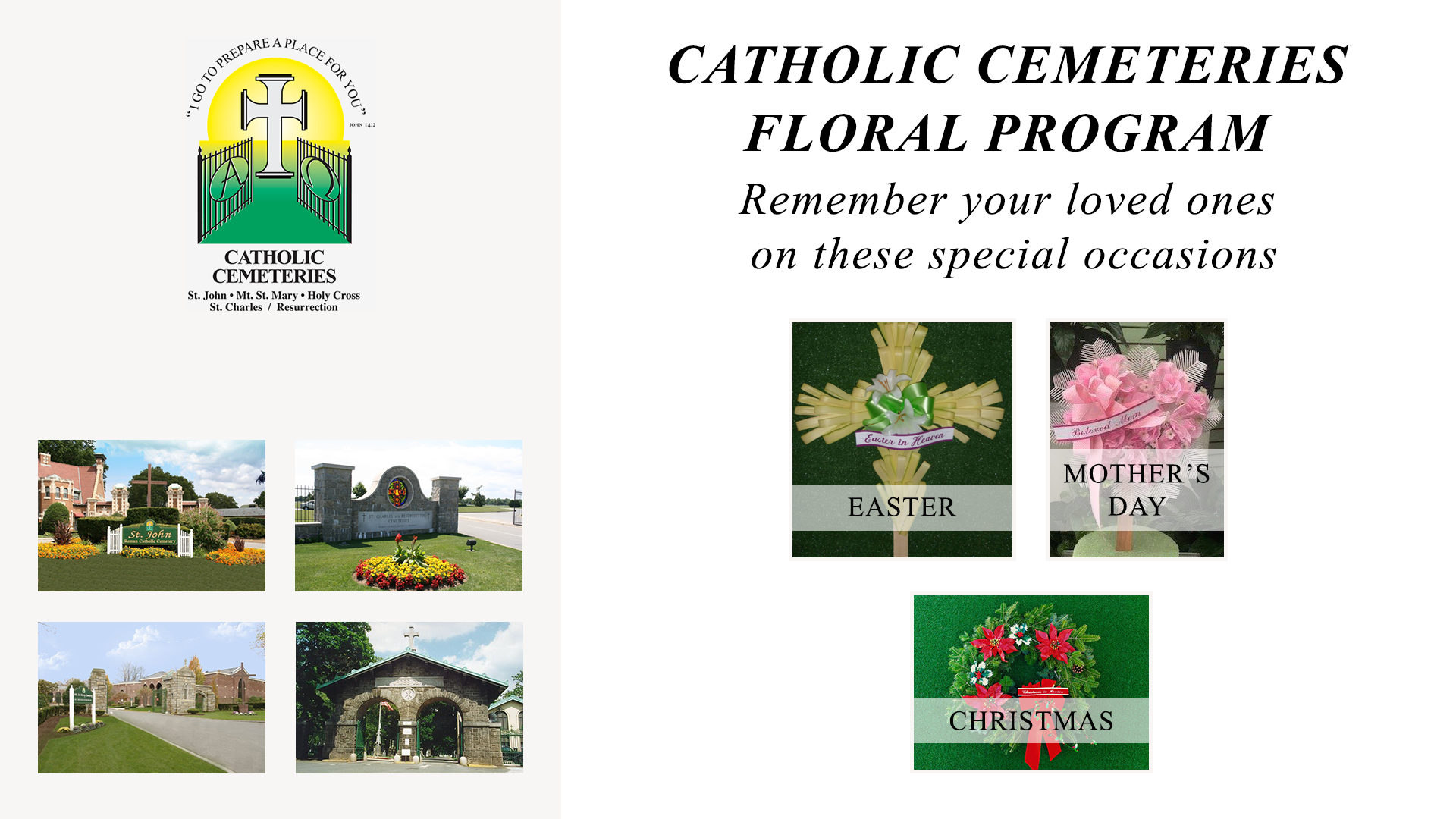Questions and Answers from the Bishops of New York State
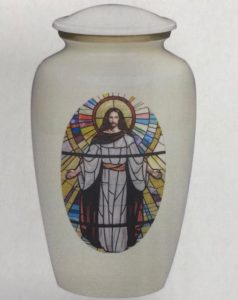
What is cremation?
Does the Church have a preference for either cremation or burial of the body of the deceased?
This is the Body once washed in baptism, anointed with the oil of salvation, and fed with the bread of life. our identity and self-consciousness as a human person are expressed in and through the body… Thus, the Church’s reverence and care for the body grows out of a reverence and concern for the person whom the Church now commends to the care of God.
from Reflections on the Body, Cremation, and Catholic Funeral Rites, Committee on the Liturgy, USCCB, 1997
What are the steps to be taken?
When cremation is chosen for a good reason, the full course of the Order of Christian Funerals should still be celebrated, including the Vigil Service (wake), the Funeral Liturgy, and the Rite of Committal. The preservation of this order allows for the greater expression of our beliefs and values, especially, the sacredness of human life, the dignity of the individual person and the resurrection of Jesus Christ, the firstborn of the dead.
Through its funeral rites, the Church commends the dead to the merciful love of God and pleads for the forgiveness of their sins.
Should cremation occur before or after the funeral?
The Church clearly prefers and urges that the body be present during the Vigil and Funeral Mass, and that if cremation is to be used, it take place following the Rite of Final Commendation.
The cremated human remains would then be interred during the Rite of Committal. However, the diocesan bishop may for a good reason permit the cremated remains to be present for the Funeral Liturgy.
What should become of the cremated remains following the funeral?
Church teaching insists that cremated remains must be given the same respect as the body, including the manner in which they are carried and the attention given to their appropriate transport and placement.
The cremated remains of a body are to be buried or entombed, preferably in a Catholic cemetery, and using the rites provided by the Order of Christian Funerals. The following are not considered to be reverent dispositions that the Church requires: scattering cremated remains, dividing cremated remains and keeping cremated remains in the home.
The remains of a cremated body should be treated with the same respect given to the corporeal remains of a human body. This includes a worthy container to hold the cremated remains.
Conclusion
For further information on Catholic teachings on cremation, see the 1997 statement of the Bishops’ Committee on the Liturgy, Reflections on the Body, Cremation, and Catholic Funeral Rites, available from USCCB publications (800-235-8722).
Other useful Information from Catholic Cemeteries
Funeral Mass
Families should contact their parish priest before cremation takes place to discuss arrangements for the Funeral Liturgy (Mass).
Paperwork / Payment
An interment order must be placed with the cemetery to arrange for a date for the interment/entombment. To make certain all necessary paperwork is in order, arrangements for an interment order can be made by telephone, with copies of necessary paperwork faxed or emailed with payment, interment arrangements, and all paperwork must be completed and received at least one week prior to any scheduled interment date. Payment is accepted by bank check, certified check, money order, or by credit card. Please contact our office for current opening fees.
Final Paperwork / Acceptance / Transport of Cremated Remains
On the day of the interment/entombment, the cremated body must be brought to the Cemetery by a family member or a funeral director. We will not accept cremated remains forwarded by mail, or from a common carrier. On the day of the interment, the following must be presented at the Cemetery Office:
- Certificate of Right of Burial (Deed)
- Cremation certificates and/or appropriate municipal permits
- Required signed and notarized affidavits
Please note that the deceased must have a legal right (or authorization from an authorized owner) for interment in the grave, crypt, or niche. Should you have any questions, please call the appropriate office noted above for further assistance.


